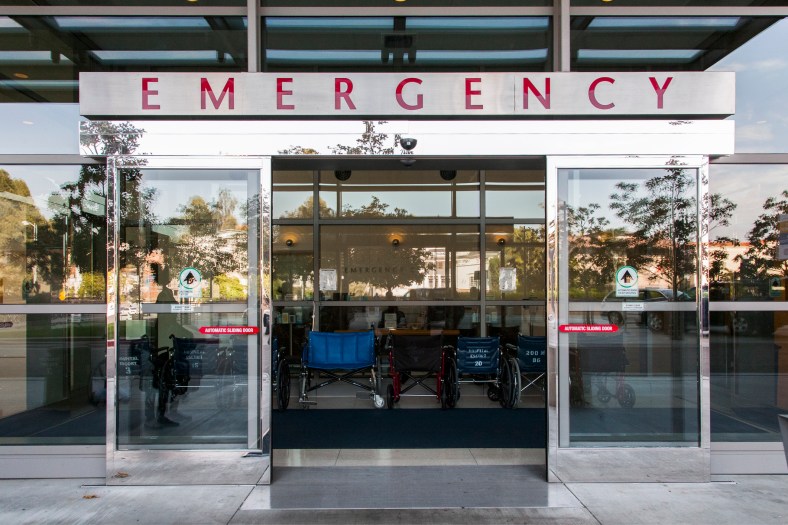Mostly Black or mostly white. Dozens of hospitals have racially exclusive patient populations, data show
A report states "hospitals will say their doors are open to everyone and that they don’t turn anyone away, but that can be misleading."
Two Midwest hospitals and one in the South top a list of the most segregated U.S. hospitals and as a result, in one county white people live nine years longer than Black residents, a study of federal patient data shows.
Specifically, If you’re Black and live in St. Louis, Detroit or New Orleans, chances are your local hospital has stark racial disparities. It’s the worst in New Orleans, the city that leads the list with the highest percentage of hospitals with what amounts to de facto segregated healthcare. Of its 14 hospitals, five have the “least inclusive” racially diverse patient population. On the other hand, if you’re fortunate enough to live near certain hospitals in Chicago, Newark or Boston, then you’re closer to more inclusive healthcare.
That’s what the Lown Institute — an independent healthcare think tank — reveals in a newly released report on healthcare equity in America. The report shows which cities have the most racially segregated hospitals in America and also includes information on the hospitals that are the most inclusive.
“We wanted to put numbers on something that everyone knows about but because people are so used to it, it becomes invisible,” Dr. Vikas Saini, the president of the Lown Institute, told theGrio. “It’s deep in the structure of our society. It relates to segregation in the labor market. It relates to health insurance [being] employer-based.”

To collect the data, the experts measured information from 3,142 hospitals to determine the populations they serve. They used data from Medicare claims and the U.S. Census Bureau. They found that the most inclusive and segregated hospitals are usually in the same metro area.
“What we found is there are often hospitals that aren’t far away from each other, one that tends to cater to [people of color] and one that tends to cater to people who have higher income and tend to be white,” Saini said. They also found large gaps in life expectancy by race in the areas with the most segregated hospitals.
Cities on the list of the most segregated hospital markets include Milwaukee, Philadelphia and Denver. Of the top 50 most racially inclusive hospitals, Boston Medical Center Corporation is No. 1. The inclusive list includes hospitals in cities such as Chicago, New York, Dallas and Washington D.C.
“Each hospital’s racial inclusivity score reflects how well the demographics of the hospital’s ‘community area’ (containing people who the hospital could serve) compare to the demographics of the patient population (who the hospital does serve). The community area is determined using the zip code tabulation area (ZCTA) from which a hospital’s Medicare patients come and includes a travel time adjustment,” the report said.
Health inequality is just one of the many issues that plague the Black community. Despite efforts on the ground to address it, Saini believes that policy will ultimately drive the change.
“Hospitals will say their doors are open to everyone and that they don’t turn anyone away, but that can be misleading,” Saini said in a statement. “If hospitals really want to undo structural racism’s hold on their communities, they can’t be bystanders. They need to act more systematically and with more intention.”
TheGrio is FREE on your TV via Apple TV, Amazon Fire, Roku and Android TV. Also, please download theGrio mobile apps today!

